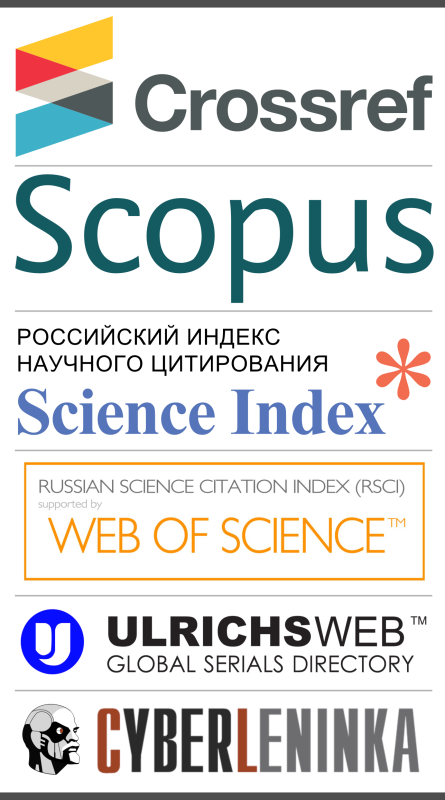Paid Educational Activities for Preschoolers in Russian Cities with Over a Million People: The Interrelation between Income Level and Parental Investment
Abstract
In many Russian families, the educational differences between preschoolers are mainly formed outside of the municipal kindergartens through participation in paid classes, which have become increasingly popular in recent years. This created a new problem of increasing inequality in early childhood education (ECE), as not all parents can afford to pay for extra educational activities. This study investigates the effect of income level on parental investment in ECE by examining the relationship between family income and the educational strategies chosen by parents. The study involved 260 families with children aged 3 to 7 years old, living in fifteen Russian cities with populations over one million people. The families were divided into three income brackets. To identify the correlation between the family socio-economic situation (SES) and expenditure, the study assessed the money spent on the children's preschool education, including kindergarten and for extra educational activities. The study also examined the types of extra educational activities for preschoolers, and identified the motives for parental decisions. The families with the lowest income invest significantly fewer financial resources in ECE than the families with low and middle incomes. However, the analysis of the parental preferences and motives in ECE did not confirm that children from poor families are less involved in centrebased classes. Financial constraints lead poorer parents to find other options to provide competitive education. They mostly seek help from family members in conducting ECE, and conduct more ECE activities at home. Furthermore, disadvantaged families try to find the most affordable activities, i.e. cheaper classes at kindergartens or municipal cultural centres.













